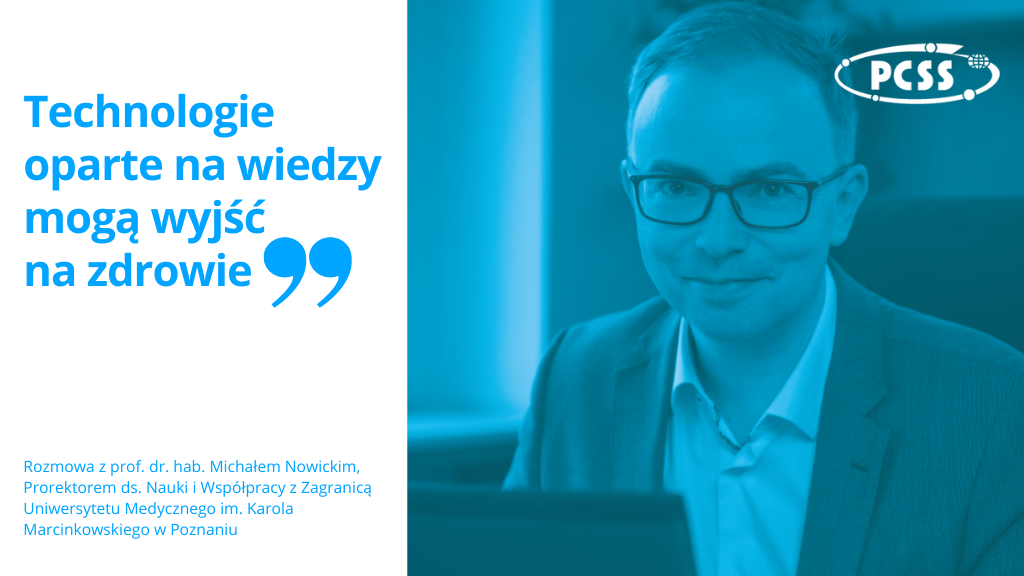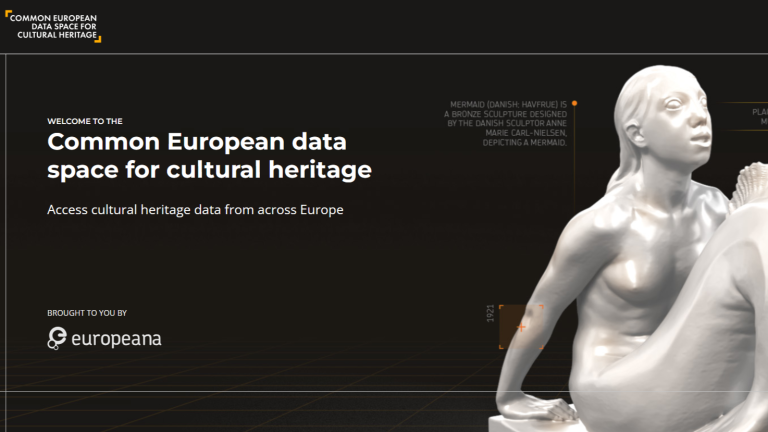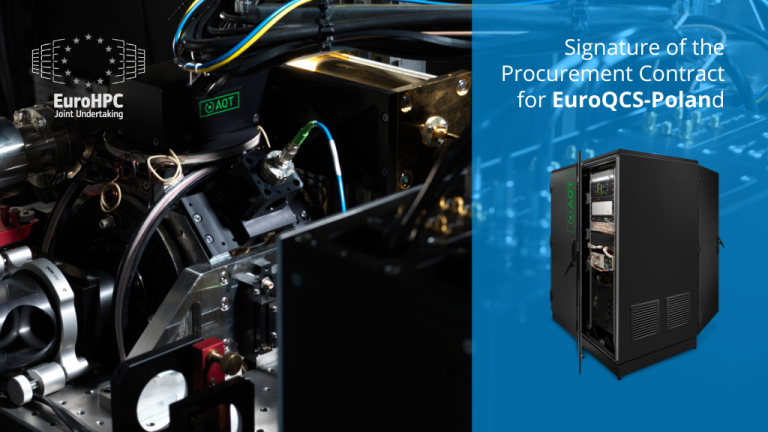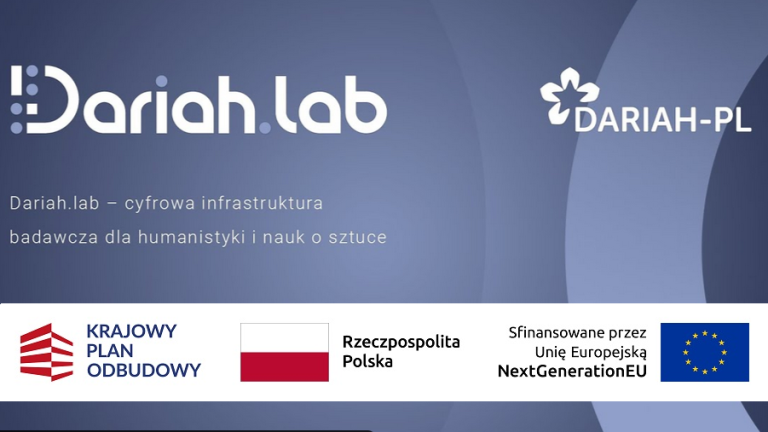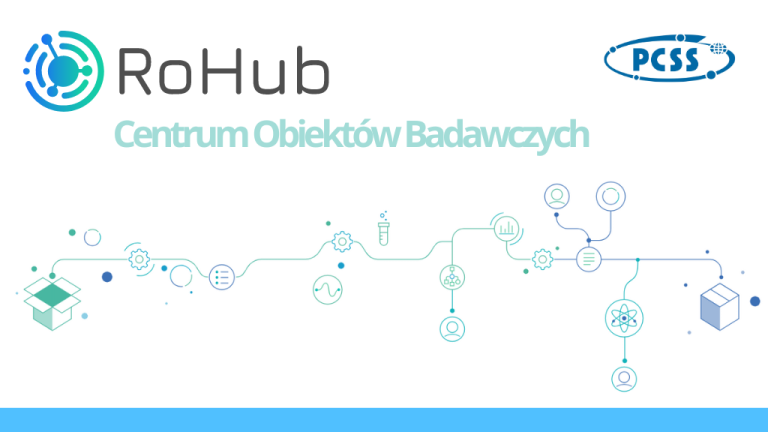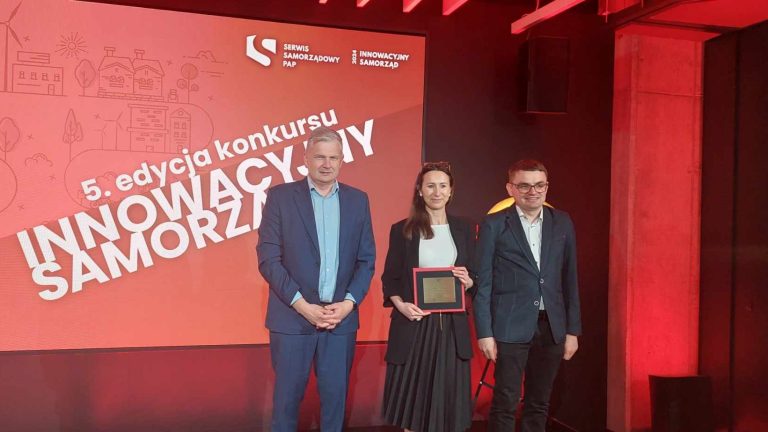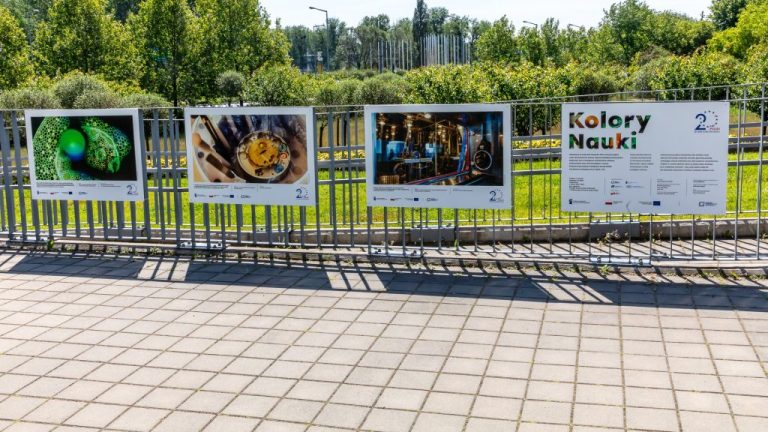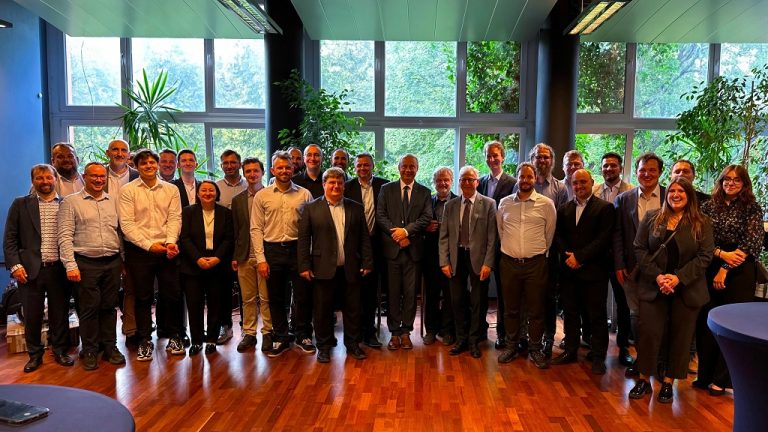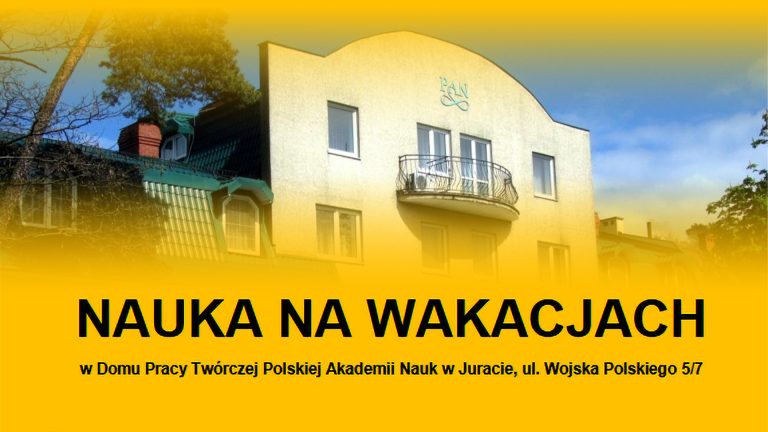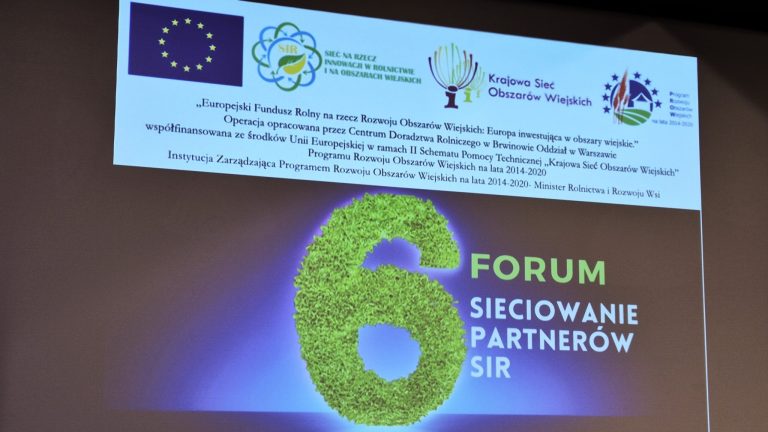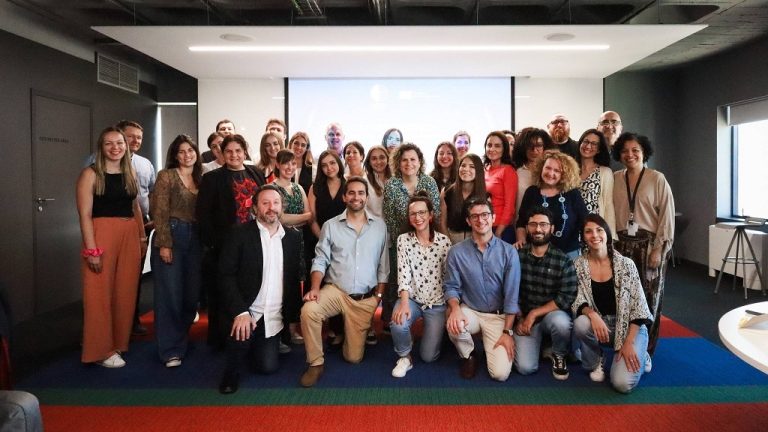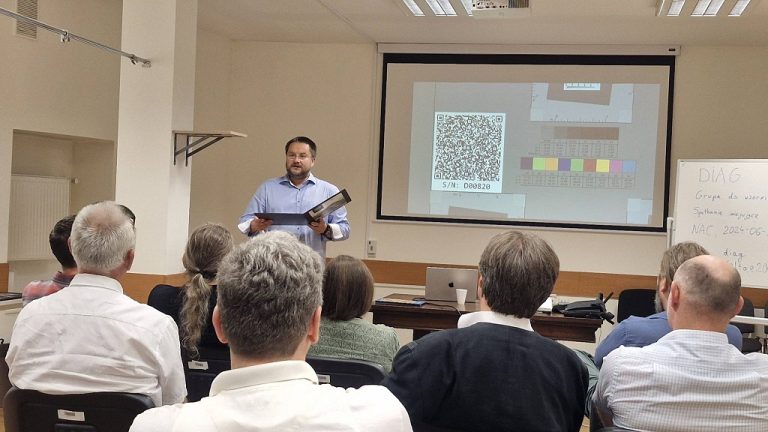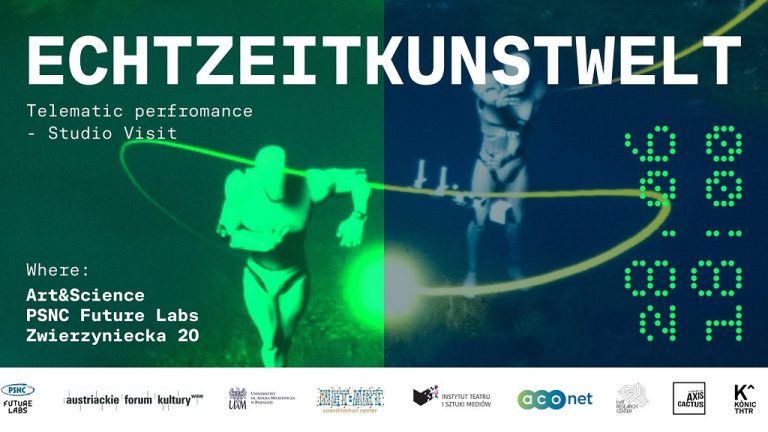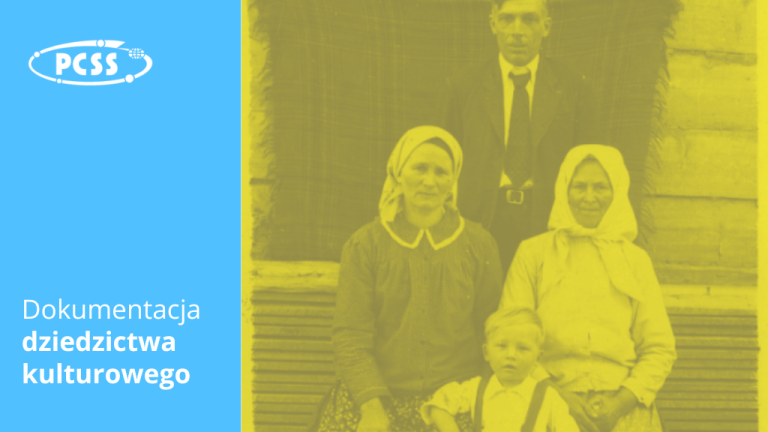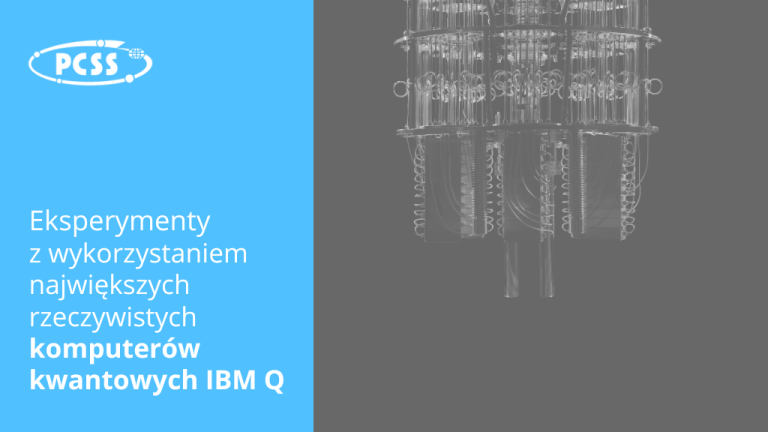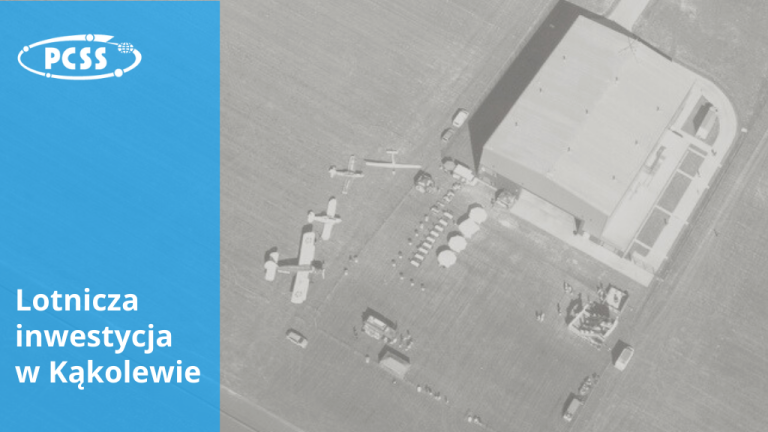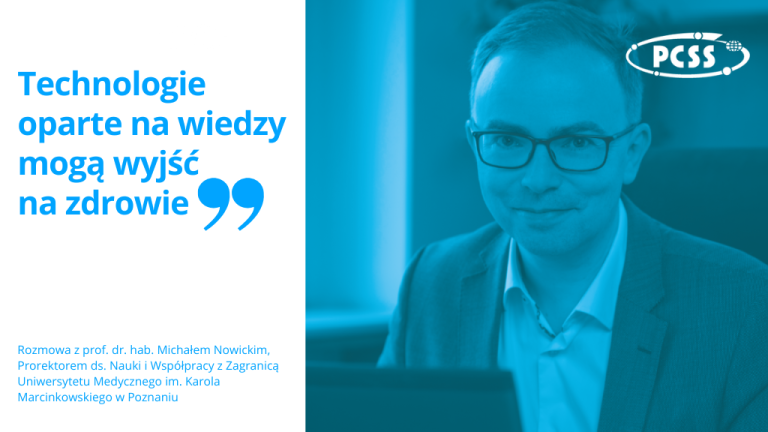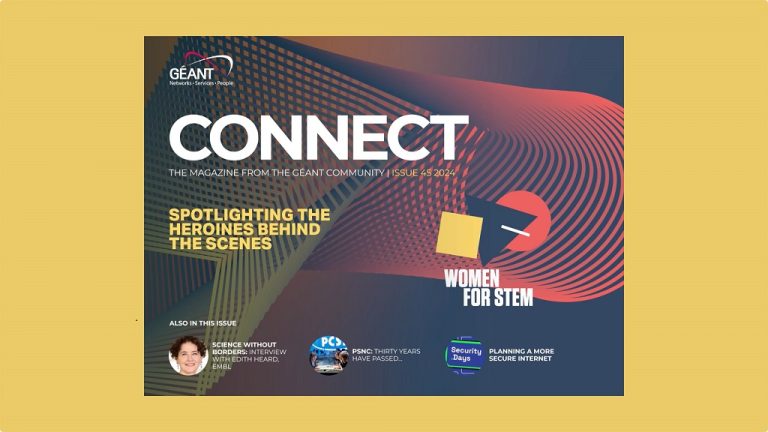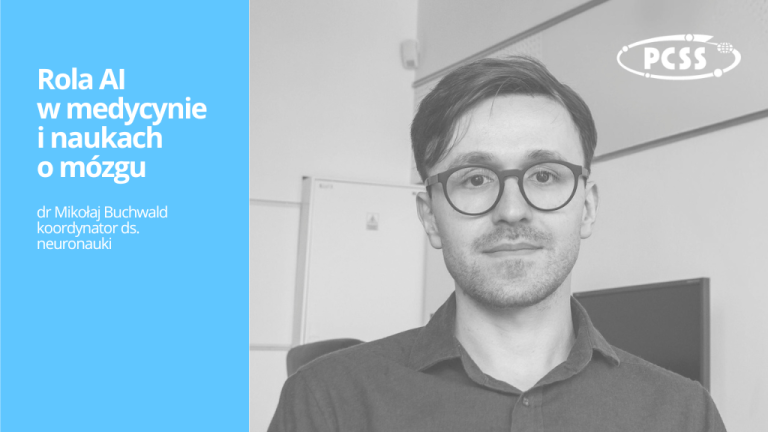We invite you to read an interview with Prof. Dr. Michał Nowicki, Vice-Rector for Research and International Relations, Poznan University of Medical Sciences, in which he discusses issues related to the use of modern ICT technologies in a variety of health and medical contexts.
Interview by Magdalena Baranowska-Szczepańska.
M.B-S.: Modern technologies in medicine bring many benefits to both patients and healthcare professionals. How does the medical studies program keep up with these changes and modernisations?
Prof. Michał Nowicki: Medical studies are a regulated programme. This means that the Minister of Health not only sets out the standards for medical education in his regulations, but also defines the time frame and the minimum content of the programme. Therefore, there is a lot of scope for the implementation of original programmes that correspond to the strengths of individual schools that train students in the medical professions. On the other hand, it should be emphasised that, in the case of the Faculty of Medicine alone, the Ministry of Health has doubled the number of places available for medical students over the past 10 years. We are well aware that the number of teaching hospitals where medical students can develop their knowledge, skills and abilities has not doubled during this period. The best situation would be one in which an academic teacher, implicitly a doctor, has a group of no more than three students under his or her supervision. This would make it possible to teach in such a way that the students would be introduced to the latest medical technologies, according to the teacher’s knowledge. Meanwhile, the Ministry of Health is in the process of finalising another regulation that will allow clinical classes to be held in groups of up to eight people. This poses a real problem in terms of keeping up with changes in medicine in day-to-day training.
Medical simulation centres and telecommunications technologies are coming to the rescue. On the one hand, they allow students to practise their skills under strictly controlled (albeit simulated) conditions; on the other hand, they support the doctor in his or her daily work through remote access to image data, examination results and the content of consultations. Therefore, as far as conditions allow, the curriculum content of medical education also keeps pace with innovations in medicine. We should also bear in mind that by studying at a medical university and having access to academic teachers, the vast majority of whom are also active researchers, students are kept up to date with therapeutic innovations, new diagnostic protocols or contemporary expectations regarding the prevention of lifestyle diseases.
M.B-S.: Artificial intelligence, telemedicine or health monitoring tools mean that patients can be diagnosed faster and treated more effectively. So let’s talk about examples of transdisciplinary research on the development and use of modern technology in the everyday work of a doctor.
Prof. Michał Nowicki: All of the above. the tools do indeed make it possible to speed up and objectify the diagnosis. The problem, however, is that in order to fully exploit their technological potential, a whole new level of cooperation between patient and doctor is required. Consider the situation just a few years ago. Back then, the patient-doctor relationship was dominated by direct contact. Contrary to appearances, this is very important in making a diagnosis. The results of additional tests are extremely important, but they are of little use if it is not possible to take the patient’s history and perform a physical examination. Therefore, if the burden of initial diagnosis is transferred to virtual reality in the broadest sense, the most important challenge is to carry out activities, both scientific, R&D and educational, in which not only the doctor but also the patient understands the responsibilities and risks of using modern technology. The situation is different when these technologies are used to monitor the condition of patients who have already been diagnosed or when they are used in screening. In this case, the multitude of data generated, for example, by different types of sensors, can only be correctly interpreted with the help of artificial intelligence tools. The interdisciplinary nature of the R&D work currently being carried out in this field is therefore primarily based on the translation of medical experience and skills into algorithms embedded in specialised software. In this context, our centre in Poznań can boast, first and foremost, work aimed at extending the services for detecting pathological changes in various types of radiological findings.
M.B-S.: The technological revolution in medicine is both an opportunity for society and a major new factor in diagnostic decision-making. Are doctors ready for the deep integration of knowledge and technology?
Prof. Michał Nowicki: A lot depends on the generation of doctors. The young doctors who have entered the healthcare system in recent years do not know a world without technology. For them, the interpenetration of knowledge and technology, the usefulness of technologies or their profound causality are a natural state of affairs. It’s a different story for the generation – let’s call them the 50+ generation. This is a group of very good professionals, extremely experienced, educated in the last years or decades of the 20th century, who, in order to keep up with technological progress, have to make a conscious move in this direction. For this generation, as for me, the transfer of life to the virtual world requires an active entry into this world and further training. Not everyone is ready to make this leap. This can be seen, for example, in the way prescriptions are written. For some doctors, the traditional paper prescription is still the main way to prescribe a drug. It would seem that no one needs to be persuaded to take advantage of something as convenient as e-prescribing. But the situation is quite the opposite. I believe it is possible to change this trend, but just as in the case of establishing a patient-doctor relationship, it is necessary to invest in educating adults (in this case doctors). Please note that, paradoxically, along with the development of technology, we need to pay attention to social development. This is the only way we can talk about sustainable development, which until recently was a rather empty slogan.
M.B-S.: PSNC has been working with Poznan University of Medical Sciences for many years in the development and application of technology in medicine. Do you think that new areas such as quantum computing and digital twins are an area where you can take on further challenges together?
Prof. Michał Nowicki: Absolutely. If we are going to trust technology or, to take it a step further, entrust it with our health and our lives, we need to build a knowledge-based economy. Universities, although perhaps a little ossified, are a good partner for technology companies in this respect. Firstly, the results of such interdisciplinary work are largely objective; secondly, they offer access to a range of specialists, including representatives of science and technology, who can help overcome unforeseen obstacles. Thirdly and finally, it is an opportunity for universities to redefine the third mission. Let us note that the classical, let us say Humboldtian, conception of the university is running out of steam. A university with a hierarchical structure, focused solely on pre-graduate education and research, cannot withstand the competition from institutions that are designed to have an impact on society, business and the economy. Cooperation with the PSNC is therefore not so much an opportunity for the Poznan University of Medical Sciences to develop as a guarantee of its continued existence in the public sphere.

